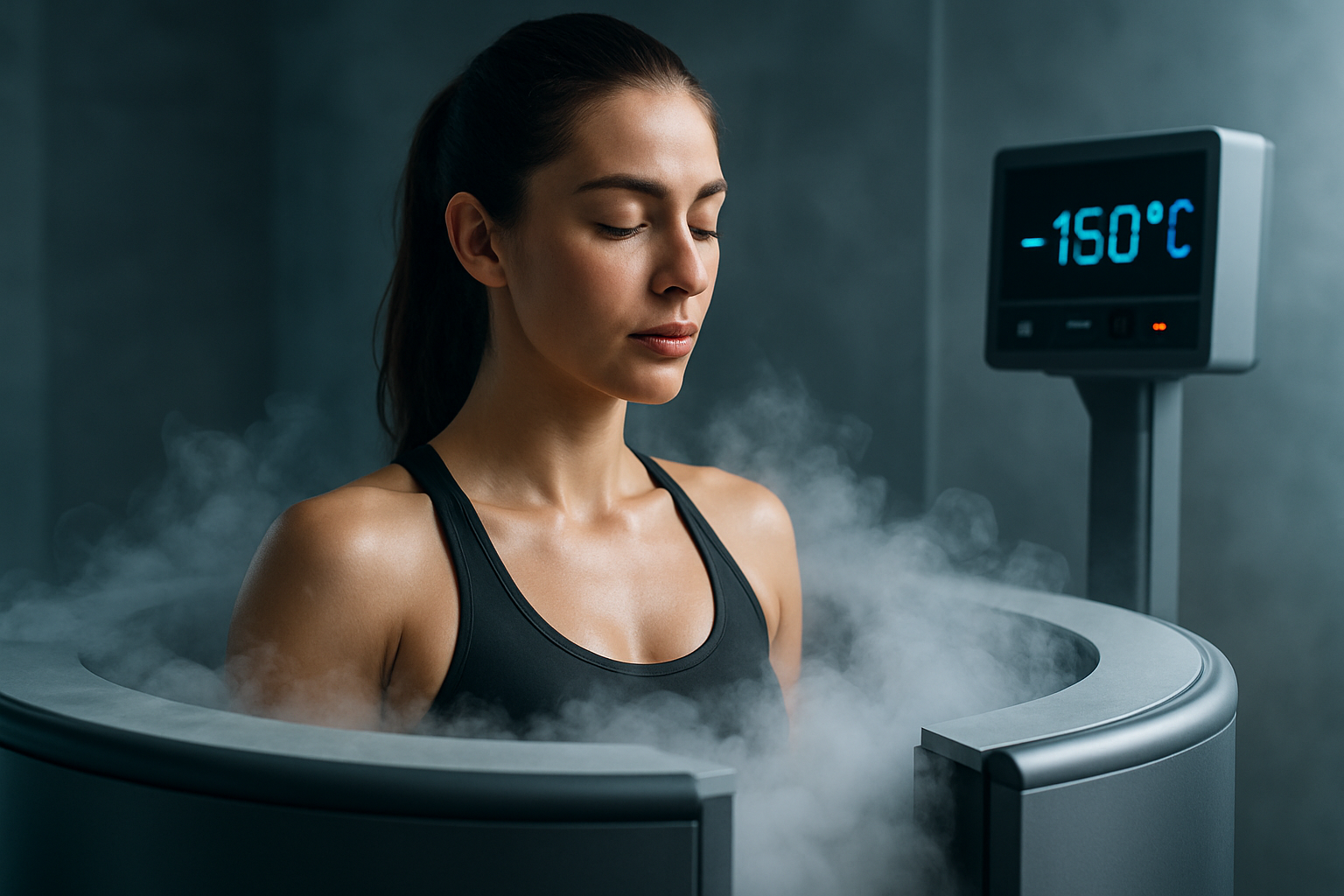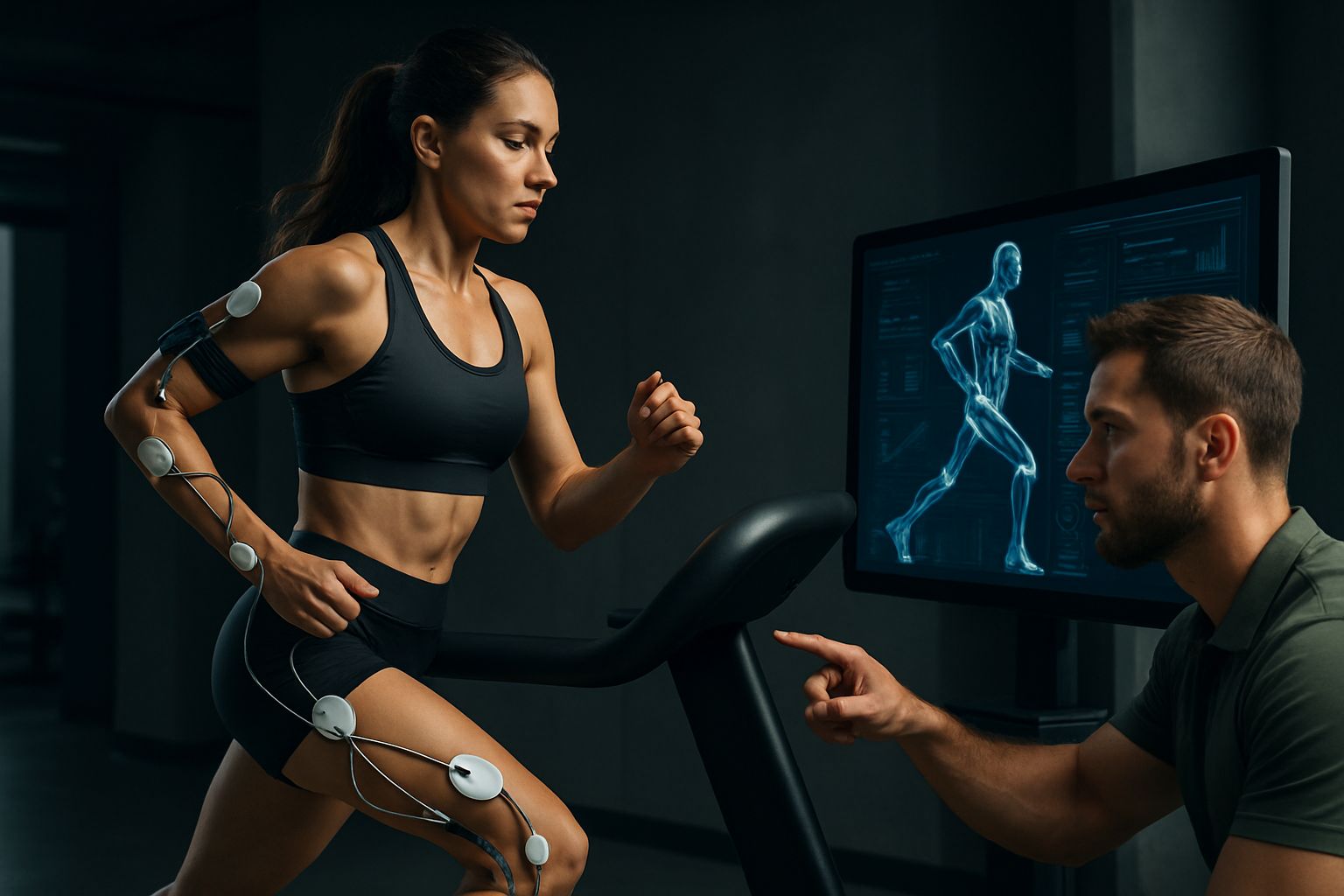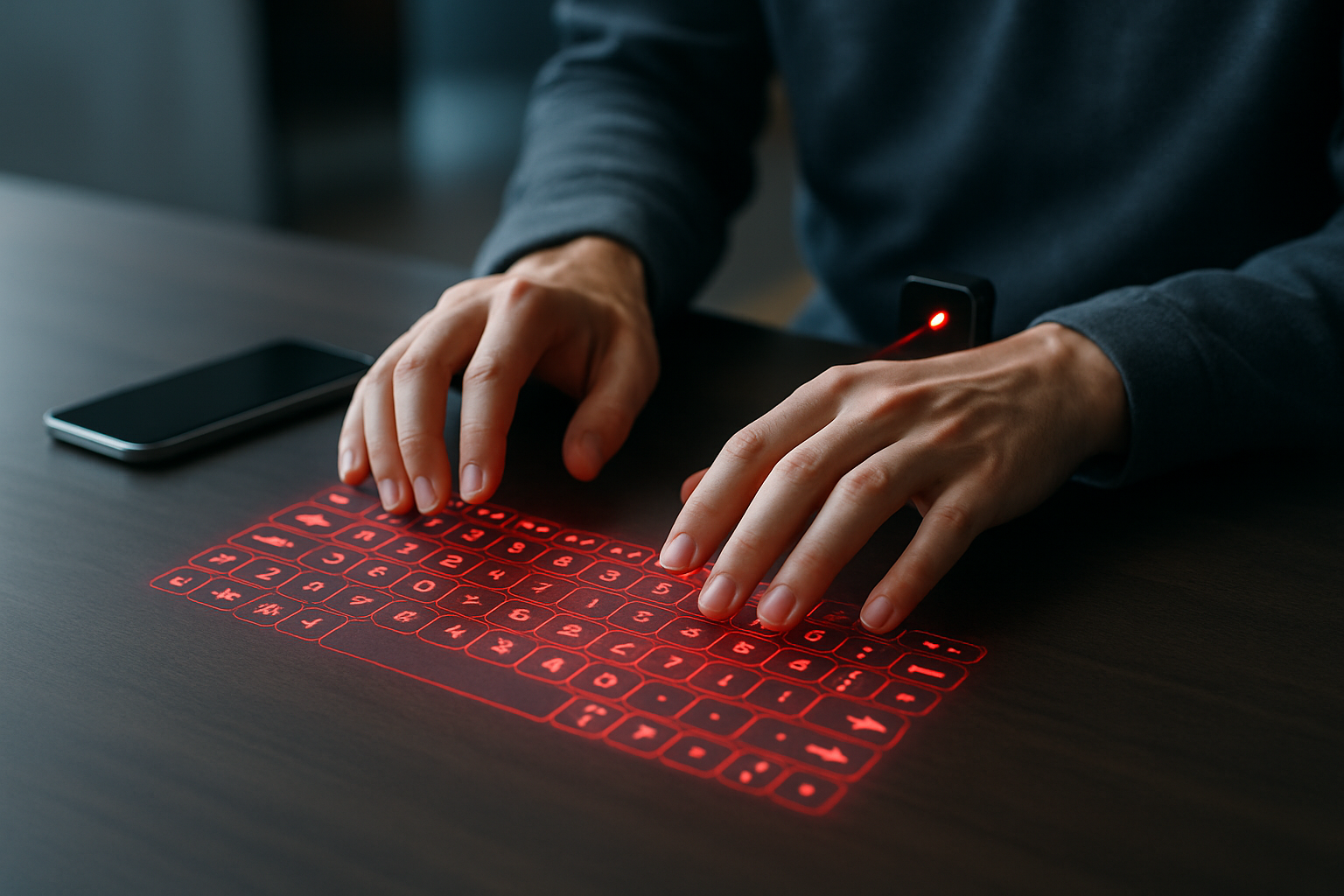Cryotherapy: The Cold Revolution in Beauty and Fitness
A chilling breeze sweeps through the beauty and fitness industry as cryotherapy emerges as the latest sensation. This innovative treatment, which exposes the body to extreme cold temperatures for short durations, is rapidly gaining traction among athletes, celebrities, and wellness enthusiasts alike. Far from being just another passing fad, cryotherapy's roots trace back to ancient healing practices, now reimagined with cutting-edge technology. As the beauty and fitness landscape continues to evolve, cryotherapy stands out as a multifaceted approach promising benefits ranging from accelerated recovery to enhanced skin health. This frigid phenomenon is reshaping our understanding of wellness, challenging conventional approaches to self-care, and offering a glimpse into the future of holistic health practices.

The treatment quickly gained popularity in Europe, particularly in sports medicine, before making its way to North America in the early 2000s. Initially confined to elite athletic circles, cryotherapy has since expanded its reach, finding applications in beauty, wellness, and general health maintenance. The evolution of cryotherapy technology has been remarkable, transitioning from rudimentary ice baths to sophisticated cryo-chambers capable of reaching temperatures as low as -160°C (-256°F).
The Science Behind the Chill
At its core, cryotherapy works by triggering the body’s natural healing mechanisms through exposure to extreme cold. When subjected to these frigid temperatures, the body enters a state of mild stress, initiating a cascade of physiological responses. Blood vessels constrict, redirecting blood flow from the extremities to vital organs, a process known as vasoconstriction.
Upon exiting the cryo-chamber, rapid vasodilation occurs, flooding the body with nutrient-rich, oxygenated blood. This process is believed to accelerate recovery, reduce inflammation, and boost overall cellular function. Moreover, the extreme cold stimulates the release of endorphins, the body’s natural pain-killing and mood-elevating hormones, contributing to an improved sense of well-being.
Recent studies have also highlighted cryotherapy’s potential impact on metabolic rate. The body’s effort to rewarm itself post-treatment can result in a significant calorie burn, making it an intriguing option for those looking to enhance their weight management efforts.
Cryotherapy in Sports and Fitness
The fitness industry has embraced cryotherapy with open arms, recognizing its potential to revolutionize recovery protocols. Professional athletes across various disciplines, from basketball to marathon running, have incorporated cryotherapy into their training regimens. The treatment’s ability to reduce muscle soreness, decrease recovery time, and potentially enhance performance has made it a staple in many high-level sports programs.
Fitness enthusiasts and amateur athletes are following suit, with cryotherapy centers popping up in major cities worldwide. The promise of faster recovery and reduced downtime between workouts is particularly appealing in today’s fast-paced fitness culture. Additionally, some proponents claim that regular cryotherapy sessions can improve sleep quality and boost energy levels, contributing to overall athletic performance.
However, it’s important to note that while anecdotal evidence is abundant, scientific research on cryotherapy’s long-term effects on athletic performance is still ongoing. As with any emerging treatment, a balanced approach that combines cryotherapy with traditional recovery methods is often recommended.
The Beauty Industry’s Cold Embrace
The beauty industry has been quick to capitalize on cryotherapy’s potential, with “cryo-facials” and localized cryotherapy treatments becoming increasingly popular in spas and dermatology clinics. These treatments claim to offer a range of benefits, from reducing inflammation and puffiness to improving skin tone and texture.
The extreme cold is said to stimulate collagen production, potentially reducing the appearance of fine lines and wrinkles. Some practitioners also report improvements in skin conditions such as eczema and psoriasis following cryotherapy treatments. The vasoconstriction and subsequent vasodilation process is believed to enhance blood flow to the skin, promoting a healthy, radiant complexion.
Moreover, the beauty industry has seen a surge in at-home cryotherapy-inspired products. From ice rollers to cryogenic face masks, these tools aim to bring the benefits of cold therapy to everyday skincare routines. While these products can’t replicate the extreme temperatures of professional cryotherapy chambers, they offer a more accessible way for consumers to incorporate cold therapy into their beauty regimens.
The Wellness Factor: Beyond Beauty and Fitness
As the wellness industry continues to expand, cryotherapy is carving out a niche that extends beyond traditional beauty and fitness applications. Many users report improved mood, reduced stress levels, and enhanced mental clarity following cryotherapy sessions. This has led to increased interest in the treatment’s potential mental health benefits, with some clinics offering cryotherapy as a complementary approach to managing conditions like anxiety and depression.
The treatment’s ability to stimulate endorphin release has also made it popular among those seeking natural pain management solutions. Individuals suffering from chronic pain conditions, such as fibromyalgia or arthritis, have reported relief following regular cryotherapy sessions. While more research is needed to fully understand these effects, the anecdotal evidence has sparked interest in cryotherapy as a holistic wellness tool.
Challenges and Considerations
Despite its growing popularity, cryotherapy is not without its challenges and controversies. Safety concerns have been raised, particularly regarding the risk of frostbite or other cold-related injuries. Proper training of staff and strict adherence to safety protocols are crucial to minimize these risks.
The lack of long-term studies on cryotherapy’s effects has also led to skepticism within the medical community. While short-term benefits are well-documented, the long-term impact of regular cryotherapy use remains a subject of ongoing research. Additionally, the treatment’s accessibility and cost can be prohibitive for many, raising questions about its potential to become a mainstream wellness practice.
As cryotherapy continues to evolve, addressing these challenges will be crucial for its widespread adoption and integration into mainstream health and wellness practices. Ongoing research, improved safety measures, and efforts to make the treatment more accessible will likely shape the future of cryotherapy in the beauty and fitness industries.
In conclusion, cryotherapy represents a fascinating intersection of ancient healing wisdom and modern technology. Its rapid rise in popularity across beauty, fitness, and wellness sectors speaks to a growing interest in innovative, holistic approaches to health and self-care. As research progresses and technology advances, cryotherapy may well become a cornerstone of future wellness routines, offering a chilling yet invigorating path to enhanced physical and mental well-being.





